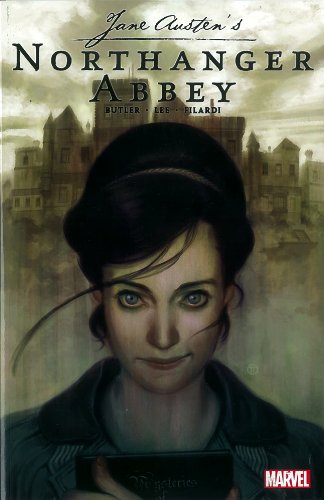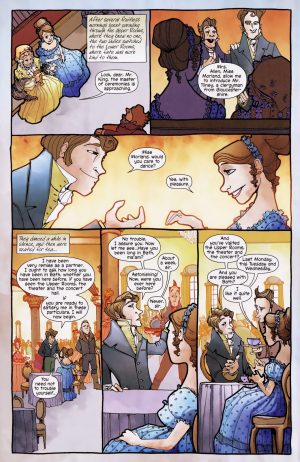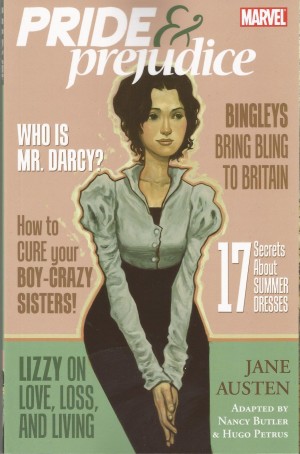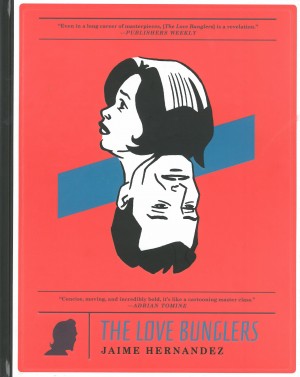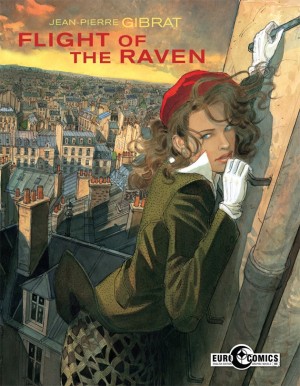Review by Frank Plowright
Northanger Abbey would under other circumstances have been Jane Austen’s first published novel, yet for reasons now lost in time, the printer to whom it was sold sat on it for ten years as her fame grew, never committing it to print. It was eventually published posthumously. To some extent it’s a parody of late eighteenth century romantic fiction, deliberately drawing attention to how it differs, primarily via its heroine Catherine Moreland, described as knowing nothing at seventeen, and a relatively ordinary looking woman rather than a beauty with smouldering passions. Austen also accentuates the smug and patronising attitude of Henry Tilney, not just toward Catherine, but other women also as part of a pomposity pricking exercise that Nancy Butler brings through well. She has plenty of experience, having her own back catalogue of gothic romance novels. There is a subtlety, however, because even the female cast members have their pretentious and manipulative qualities, and that’s not as obviously accentuated.
Catherine fantasises about being a romantic heroine, and her first steps toward this ideal are taken when she accompanies Mrs Allen from her village to the glamour of Bath for the summer. In the salons she meets two men, different in temperament, preferring the more flattering Tilney to the single-minded John Thorpe, whose conversation invariably drifts back to horses. Language is important, with the archaic formality both amusing and satirising how dull society could be to anyone of more than limited intelligence. Feeding into that, the importance of reading as means of enlightenment and escape is emphasised. There’s a naivety about Catherine, and despite good intentions, she finds herself at the centre of several dramas, and these are skilfully introduced via the interpretation of what’s said.
Janet Lee’s approach to multiple scenes of conversations in ballrooms is to accentuate the features of the cast, providing a magnificent design for the overbearingly confident and uncouth Thorpe, having him crowd out others in every panel. Lee’s broad cartooning is well suited to the changing moods, and she supplies some fabulous expressions. This applies equally to moments of trepidation and concern, as Catherine is forced to adapt to changing circumstances.
In order to present a coherent plot, the parody aspects diminish after the introductory sequences, but re-emerge once Northanger Abbey itself is introduced for the final scenes. The gothic aspects of a stately old pile are emphasised, as are the effects of Catherine’s reading, but be careful not to make the same mistake as Catherine, and jump to conclusions regarding where the story is heading. It’s very much coming of age rather than gothic mystery. Despite Austen drawing sardonic attention to Catherine’s deficiencies at the beginning, she’s ultimately one of very few entirely sympathetic characters, although the actions of some, in this version at least, are open to interpretation. Does Frederick Tilney, for instance, act from selfish amusement or chivalrous concern? Either view could be the truth. Hindsight affects other assessments. By present day standards, even when more natural at home, Henry Tilney hardly seems a prize personality, and what’s intended to be a happy ending for all is founded on greed and pride when deception has been revealed.
This is a sympathetic adaptation, and Butler wisely uses Austen’s own dialogue as much as possible, but it’s a weaker Austen novel. The parody interferes with the drama she masters so well in other works, it’s disjointed, and the drama here is too dependent on vanity and contrivance. It is Jane Austen, though.
